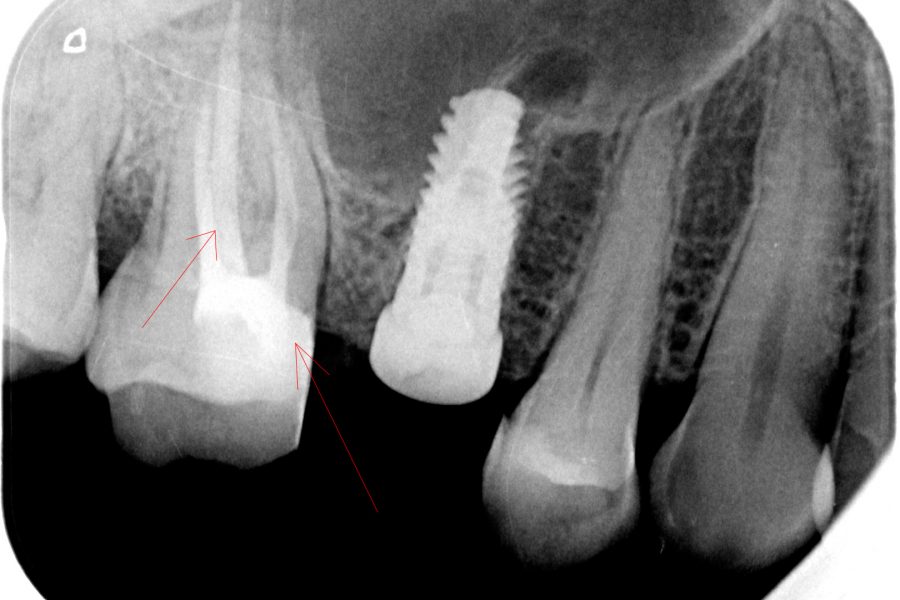ENDODONTICS
Endodontic treatment (widely known as “root canal treatment”) involves a series of dental procedures performed on the interior of the tooth in order to eliminate an inflammatory or septic process of the tooth pulp. The pulp is the tissue located inside the tooth and is comprised of capillaries, nerve endings and connective tissue. The pulp is a very essential part of the tooth. It plays a significant role in tooth development. Additionally, pulp offers sensitivity and protection to the tooth.
In cases of deep caries (tooth decay) or tooth trauma an irreversible inflammation or necrosis of the pulp may be caused resulting in acute pain and/or abscess formation. In such cases an endodontic treatment (root canal treatment) is necessary.
The first step of endodontic treatment is creating an access cavity on the tooth, removing the infected pulp tissue and disinfecting the pulp chamber and root canals. At the same time a staged widening of the root canals is performed in order to increase their internal dimensions and establish adequate space for the filling material. The second step of the procedure involves obturation (tight sealing) of the root canals using a filling material called guttapercha. This process is necessary in order to prevent bacteria from infiltrating the root canal system once more.
Once the above steps are complete, restoration of the missing part of the tooth (either due to caries, trauma) takes place. The type of restoration needed depends on the extent of the missing part. In cases when significant part of the tooth is missing and especially when posterior teeth are involved (which undertake most of the masticatory load) porcelain crown restorations are strongly indicated. Porcelain crowns are more likely to prevent future tooth fractures, which often lead to tooth extraction.

